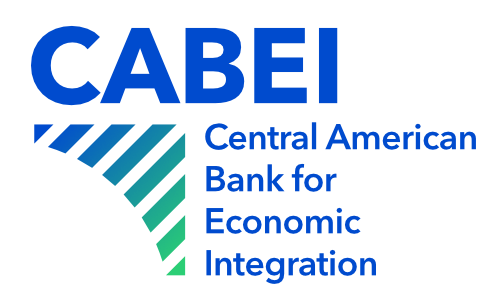CABEI has invested US$1.63 Billon in the Region's Development

The 2012 Board of Governors Meeting was held on the island of Roatán and analyzed the successful impact of the Institutional Strategy in 2011.
Roatán, Honduras.- The successful perfomance of the Central Amrican Bank for Economic Integration (CABEI) during 2011 led to the investment of US$1.63 billion in the region to promote its economic and social development.
The implementation of the Bank's 2010-2014 Institutional Strategy, "Competitiveness with Social Integration and Development", achieved highly satisfactory levels of developmental impact according to the latest evaluation, which was analized in the 52nd Ordinary Meeting of CABEI's Board of Governors held in Roatán, Honduras on April 26 and 27.
The meeting, which is held annually, brought together the leaders of the Central American ecoonomies, Mexico, the Republic of China (Taiwan), Argentina, Colombia, Spain, Panama, the Dominican Republic and Belize, as well as members of the CABEI staff, including the its top executives and representatives from Board of Directors.
During 2011, CABEI, Central America's strategic partner, focused its approvals in energy and productive infrastrcture, wich represented 71% of total appovals.
Resource approvals for financial intermediation and development finance increased from 3% in 2010 to 19% in 2011, increasing the Bank's support for Micro, Small and Medium Enterprises (MSMEs). Approvals to the productive infrastructure area increased significantly from 12% in 2010 o 43% in 2011; these resources were targeted at improving the highway network in order to increase the region's competitiveness.
The CABEI Board of Governors were informed that, on the medium term, the Bank's operations could generate US$162 million annually from tax revenues and savings on the petroleum bill in benefit of its member countries. This was made possible by the Institution's robust support for renewable energy generation. Furthermore, it is expected that these operations will also contribute to the labor market by creating more than 69 thousand permanent and temporary jobs annually.
It is estimated that CABEI contributions to the region in 2011 assisted more than 12 million people indirectly, as well as 16 municipalities in the projects' target areas, directly benefiting some 550 thousand families, approximately 7 thousand MSMEs, 2,122 higher education students and 38 financial institutions.
In addition, CABEI supported the region's development by targeted its activities at meeting the Millennium Development Goals (MDGs) set by the United Nations with regard to eradicating extreme poverty and hunger, promoting gender equality and empowering women; reducing child mortality; preventing malaria, HIV and other diseases; guaranteeing environmental sustainability; and establishing a global partnership for development.
CABEI's contributions to regional development include the construction and improvement of 455.5 kilometers of the highway network (o.6% of regional highway coverage); more than 255 MW of power generation (mostly renewable), expanding the region's current power capacity by 3.7%; 5,273 m2 in infrastructure for higher education (23% of existing coverage); 4,133 homes, 275 hotel beds and 41 police stations.
According to CABEI Executive President Dr. Nick Rischbieth, the Bank will continue to promote the execution of its strategy in Central America to improve the quality of life of the region's 50 million inhabitants.




